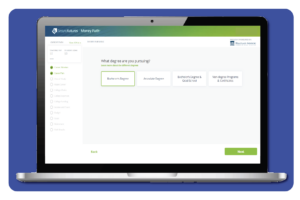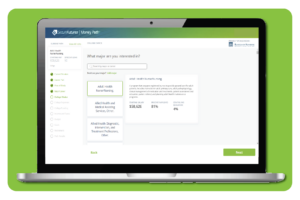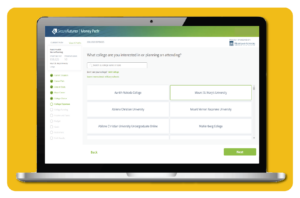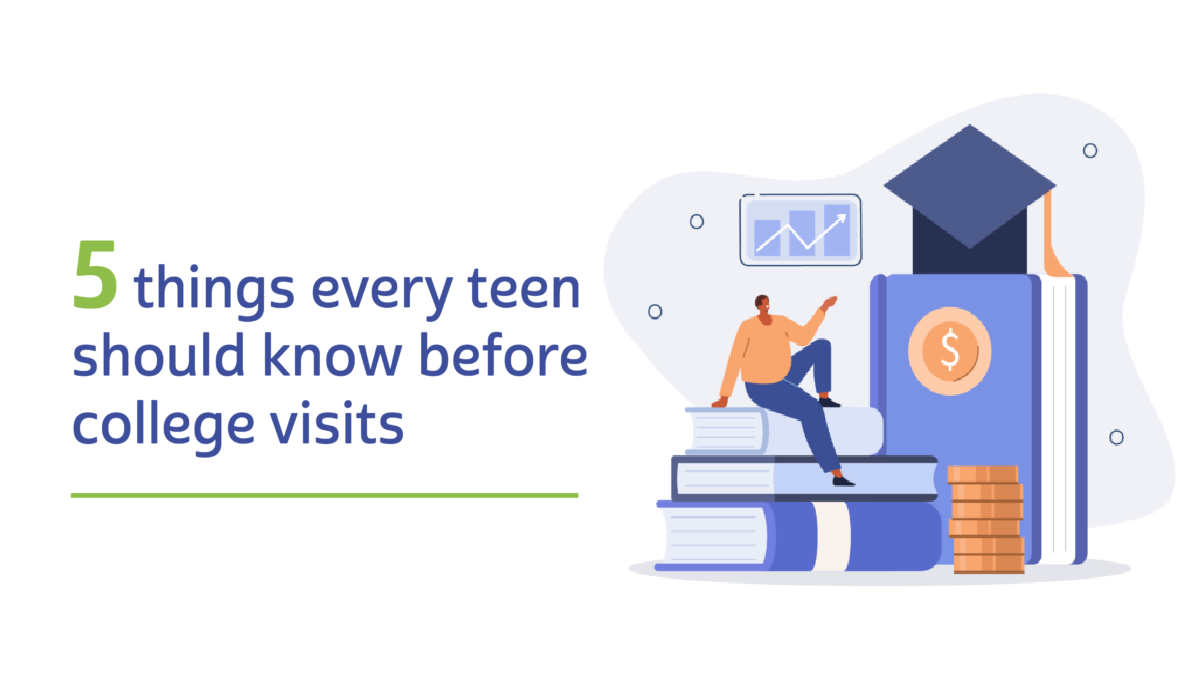College tours are the opening act to a teen’s college journey. While picturesque campuses and delicious dining options can be mesmerizing, exploring the financial implications of attending a college or university before visiting is essential. In this blog, we’ll dive into what every savvy scholar should know financially when embarking on college visits, even if the campus and meal plans are Instagram-worthy.
1. Tuition and Fees
Before getting carried away with campus charm, students should ask for the bottom line: tuition, fees, and any hidden costs. Are tuition and fees likely to increase each year, and if so, by how much? Are there mandatory fees for specific programs or services? The answers to these questions could help determine how many pounds of ramen will need to be purchased each month as well.
2. Financial Aid
You know the feeling you get when you put on your fall coat after it had been packed away all summer and you find a $20 bill you didn’t know was there? That’s kind of like the feeling of finding financial aid!
Inquiring about what types of financial aid are available including scholarships, grants, work-study programs, and loans is important. What is the process for applying for financial aid and are there specific deadlines? Apply for aid using the Free Application for Federal Student Aid form. When it comes to student loan options, students should find out what the interest rates and repayment terms are and ask if there are loan forgiveness or repayment assistance programs for graduates entering specific fields.
3. Work-Study and Part-Time Employment Opportunities
Work-study programs are a chance for students to earn while they learn. Students should ask about available positions and how to apply for them. Are there part-time job opportunities available on or near campus and what is the average wage for jobs in the area?
4. Housing and Meal Plans
Yes, housing and meal plans can be ONE consideration in the decision-making process, just not the main consideration. A college dorm isn’t just a place to sleep; it’s a home away from home. What’s the rent, and how does the meal plan stack up? Are there cheaper off-campus housing alternatives, and how does that affect overall expenses?
5. Graduation and Post-College Financial Planning
How about graduation rates? Students don’t want to be stuck in college longer than it took Jim and Pam to admit their love for each other. Post-college life isn’t just about job hunting; it’s about financial independence. Do they offer resources to help plan for post-college financial success?
Here’s How the Web-Based Money Path Application Can Help
Just as students have a guide while on college tours, Money Path acts as a guide BEFORE stepping foot on campus. Here’s how it works:

Students select the degree or certificate they’re pursuing and whether they plan on transferring from a 2-year college to a 4-year university.

They then choose what major they’re interested in studying and are shown the starting salary, percentage employed in that field, and percentage of those continuing their education after graduation.

From there, students choose which school they’d like to attend.

Students then enter whether they’ll be paying in-state or out-of-state tuition, and whether they’ll be living on campus, off campus, or at home. They will also input any expected financial aid, scholarships, college savings, and employment income they’ll be receiving.
The Money Path app takes all this information and provides a breakdown of estimated student loan needs based on college expenses. It then projects what the monthly loan payment will be for a 10-year repayment plan. It also challenges the students to balance a budget and build a financial plan around that payment. Not using this essential tool before scheduling a college visit is like trying to put that new Ikea desk together without instructions. A lot of time is wasted, and everyone ends up mad at each other.
College tours are a sneak peek into the next chapter of a teen’s life. Beyond the picturesque views and mouth watering dining options, asking questions and doing financial research with the help of Money Path allows students to make informed choices that will set the stage for future success. See the power of Money Path in the classroom and at home.
